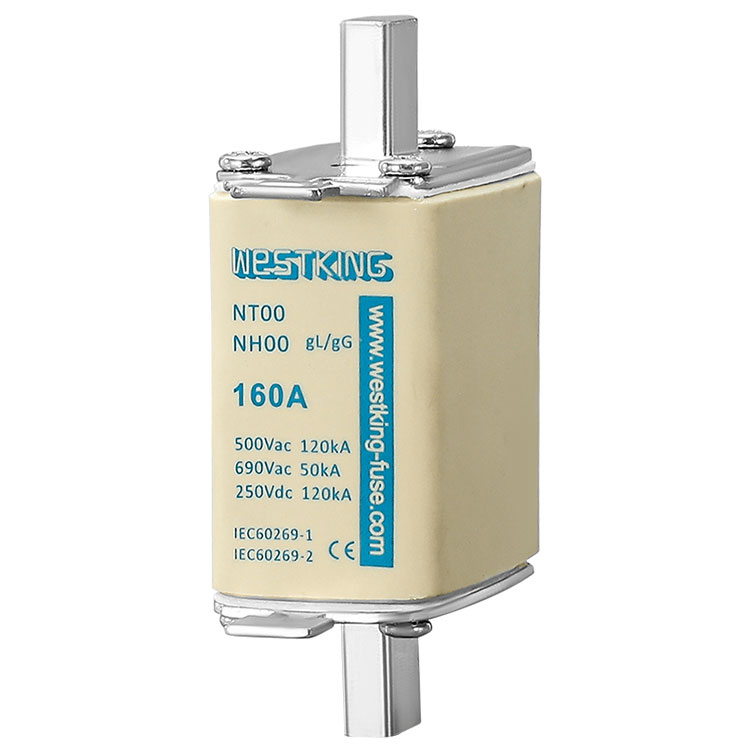
- English
- Español
- Português
- русский
- Français
- 日本語
- Deutsch
- tiếng Việt
- Italiano
- Nederlands
- ภาษาไทย
- Polski
- 한국어
- Svenska
- magyar
- Malay
- বাংলা ভাষার
- Dansk
- Suomi
- हिन्दी
- Pilipino
- Türkçe
- Gaeilge
- العربية
- Indonesia
- Norsk
- تمل
- český
- ελληνικά
- український
- Javanese
- فارسی
- தமிழ்
- తెలుగు
- नेपाली
- Burmese
- български
- ລາວ
- Latine
- Қазақша
- Euskal
- Azərbaycan
- Slovenský jazyk
- Македонски
- Lietuvos
- Eesti Keel
- Română
- Slovenski
- मराठी
- Srpski језик
What is the difference between UL and IEC fuses?
2024-03-02
UL (Underwriters Laboratories) and IEC (International Electrotechnical Commission) are two different standards organizations that establish safety standards and certification requirements for various electrical products, including fuses. The main difference between UL and IEC fuses lies in the standards they adhere to and the regions where they are commonly used:
UL Fuses: Fuses that comply with UL standards are commonly used in North America, particularly in the United States and Canada. UL standards are developed by Underwriters Laboratories, a safety certification organization based in the United States. UL fuses are designed and tested according to UL standards, such as UL 248 for low-voltage fuses.
IEC Fuses: Fuses that comply with IEC standards are more commonly used in Europe and other regions that follow international standards established by the International Electrotechnical Commission (IEC). IEC standards are recognized globally and are widely adopted in countries outside of North America. IEC fuses are designed and tested according to relevant IEC standards, such as IEC 60269 for low-voltage fuses.
While both UL and IEC fuses serve the same basic function of protecting electrical circuits from overcurrent conditions, there may be differences in design, construction, and testing requirements between fuses certified to UL standards and those certified to IEC standards. These differences reflect variations in regional preferences, regulatory requirements, and industry practices.
It's important to select fuses that comply with the appropriate standards for the intended application and geographic region to ensure compatibility, safety, and compliance with relevant regulations. Additionally, some fuses may carry dual certification, meaning they meet the requirements of both UL and IEC standards, providing flexibility for use in different markets.



